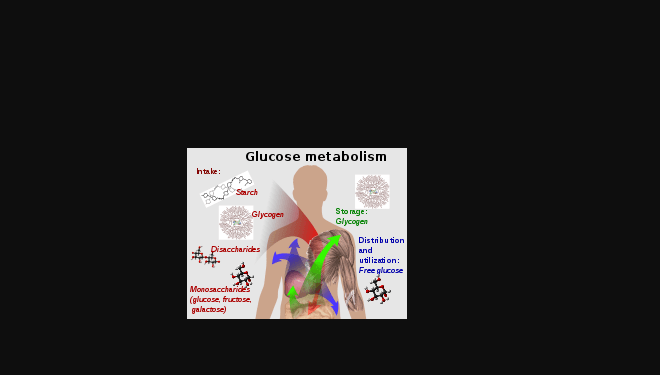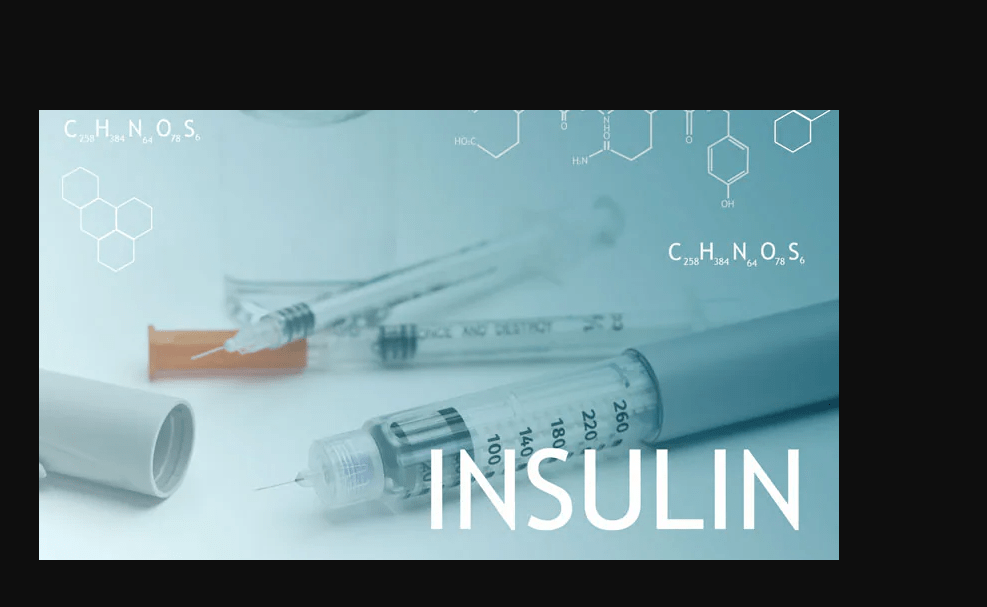
- Most Symptoms of Type 1 Diabetes;-Diabetes type 1 is a chronic illness also referred to as juvenile diabetes or insulin-dependent diabetes. The pancreas produces little or no insulin in this situation. Insulin is a hormone that the body utilizes to let glucose (sugar) into cells where it can be used to make energy.
Type 1 diabetes may be brought on by a variety of factors, including genetics and some viruses. While type 1 diabetes typically first manifests in childhood or adolescence, it can also strike adults.
There is still no cure for type 1 diabetes, despite much research. The goal of treatment is to prevent problems by controlling blood sugar levels with the use of insulin, food, and lifestyle changes.
Most Symptoms of Type 1 Diabetes 2022-
When you have type 1 diabetes, your immune system kills the cells in your pancreas that produce insulin. Beta cells are what these are. Juvenile diabetes was the previous name for the ailment because it is typically diagnosed in adolescents and teenagers.
Similar to type 1, secondary diabetes occurs when your beta cells are destroyed by something else, such as an illness or damage to your pancreas, as opposed to your immune system.
Symptoms of Type 1 Diabetes
Type 1 diabetes symptoms can appear suddenly and may include:
- Feeling more thirsty than usual
- Urinating a lot
- Bed-wetting in children who have never wet the bed during the night
- Feeling very hungry
- Losing weight without trying
- Feeling irritable or having other mood changes
- Feeling tired and weak
- Having blurry vision.Most Symptoms of Type 1 Diabetes 2022
Other symptoms
- mouth ache
- stomach pain and vomiting
- often urinating
- Unexpected weight reduction despite eating and feeling hungry
Fatigue
hazy vision
difficulty breathing (your doctor may call this Kussmaul respiration)
Frequently occurring vaginal, urinary, or skin infections
irritability or mood swings
A child who hasn’t been dry at night develops bedwetting.Most Symptoms of Type 1 Diabetes 2022
Causes
It is unclear what what causes type 1 diabetes. Normally, the pancreas’ insulin-producing (islet) cells are destroyed by the body’s immune system, which is responsible for battling dangerous bacteria and viruses. Additional root causes include:
- Genetics
- Exposure to viruses and other environmental factors
Read;The Best Method to Overcome PID to Females 2022
The role of insulin
When a significant portion of the islet cells are lost, the body produces little or no insulin. Located below and beneath the stomach, a gland produces the hormone insulin (pancreas).
- The pancreas puts insulin into the bloodstream.
- Insulin travels through the body, allowing sugar to enter the cells.
- Insulin lowers the amount of sugar in the bloodstream.
- As the blood sugar level drops, the pancreas puts less insulin into the bloodstream.Most Symptoms of Type 1 Diabetes 2022

The role of glucose
A major source of energy for the cells that make up muscles and other tissues is glucose, a sugar.
- Glucose comes from two major sources: food and the liver.
- Sugar is absorbed into the bloodstream, where it enters cells with the help of insulin.
- The liver stores glucose in the form of glycogen.
- When glucose levels are low, such as when you haven’t eaten in a while, the liver breaks down the stored glycogen into glucose. This keeps glucose levels within a typical range.Most Symptoms of Type 1 Diabetes 2022

Type 1 Diabetes Risk Factors
Type 1 diabetes affects just approximately 5% of people with diabetes. Both men and women are equally impacted by it. You have a greater chance of contracting it if you:
- Are younger than 20
- Are white
- Have a parent or sibling with type 1.Most Symptoms of Type 1 Diabetes 2022
Frequently Asked Questions
- What is meant by type 1 diabetes mellitus?
An autoimmune condition known as type 1 diabetes mellitus (T1DM) results in the death of beta cells in the pancreas that produce insulin. Insulin is a crucial anabolic hormone that influences development as well as the metabolism of carbohydrates, lipids, proteins, and minerals.
- Is diabetes type 1 Serious?
Type 1 diabetes poses a serious threat to life if untreated. Early therapy intervention is crucial. Diabetes cannot be cured, but therapy seeks to regulate your symptoms and maintain blood glucose levels as close to normal as possible to avoid health issues later in life.
A healthy fasting blood sugar level is under 100 mg/dL (5.6 mmol/L). Prediabetes is defined as having a fasting blood sugar level between 100 and 125 mg/dL (5.6 and 6.9 mmol/L). You have diabetes if it is 126 mg/dL (7 mmol/L) or above on two different tests.
Be the first to comment